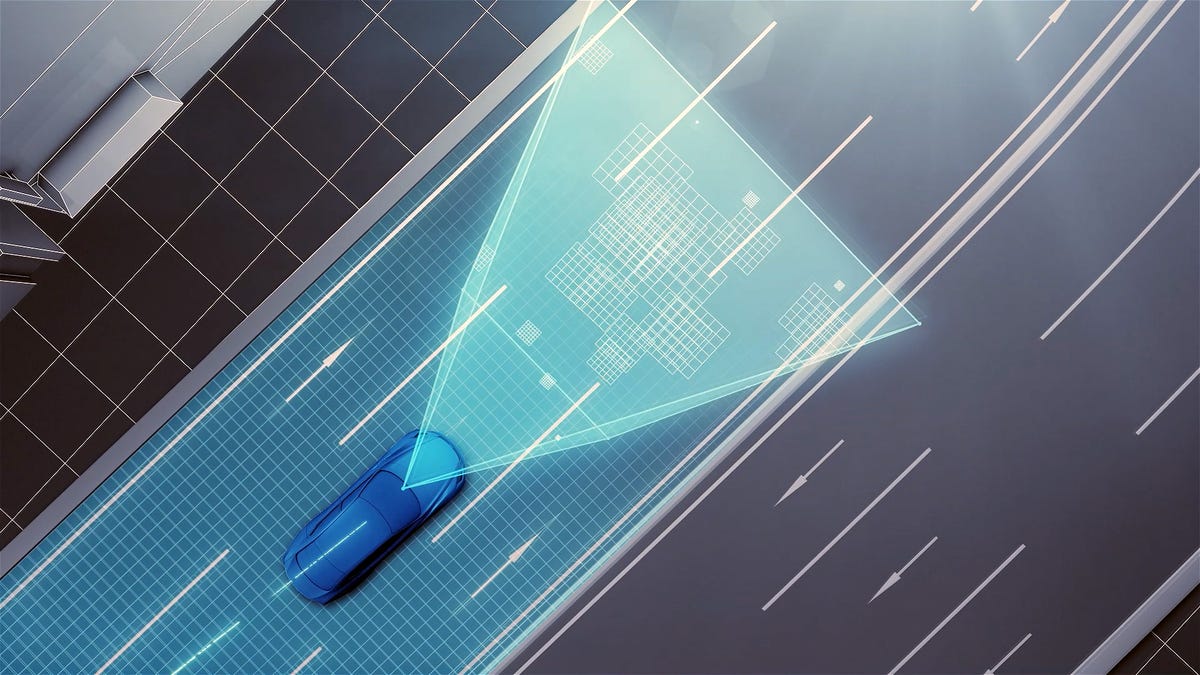Bosch is using radar to give autonomous-car maps even more detail
It's expected to roll out by 2020, although you might not notice, even in your own car.

Many maps for self-driving cars are created using video data. But video cameras are far from the perfect solution. Bosch thinks its latest idea can improve upon the work of video cameras in a big way.
Bosch's Radar Road Signature technology uses (as you might have guessed) radar to create high-resolution maps that can be used for self-driving cars. The "signature" refers to the individual reflection points of the radar, which are compiled to create a map that an autonomous car can use to identify its position in a lane on a scale of centimeters.
Only the capturing of data takes place in the car. Everything else, including integrating the radar signature with video maps, takes place in the cloud.
"The radar road signature is a milestone on the path towards automated driving. It will enable automated vehicles to reliably determine their location at all times," said Dirk Hoheisel, a member of Bosch's management board, in a statement Wednesday.
Bosch believes its Radar Road Signature tech can make up for failings in the video cameras that currently map roads. Capturing an "image" via radar can take place at night or during times of poor visibility, when video cameras have trouble mapping in great detail. There's also the matter of data transmission -- Bosch's technology transmits half the data per kilometer that video mapping uses.
And it's going to take a village to keep all these maps up to date. The company estimates that each of three major markets -- Europe, North America and Asia-Pacific -- will need approximately 1 million vehicles equipped with this technology to ensure that the maps stay up to date. Between roadwork and other hazards, conditions can change overnight, and you don't want a self-driving car to miss out on information like that.
Your car may already have radar, thanks to an adaptive cruise control system, but its sensor is only built to detect moving objects. As a supplier, Bosch is capable of providing modified radar emitters that also track static objects, which means that new cars in 2020 could come equipped with all the tech required to create these maps, even if the driver doesn't necessarily realize it.

